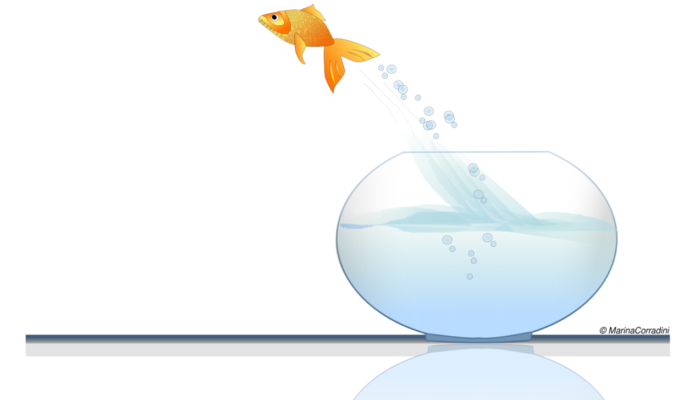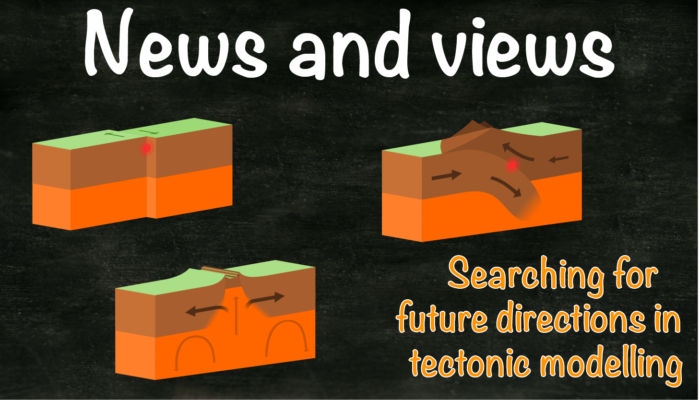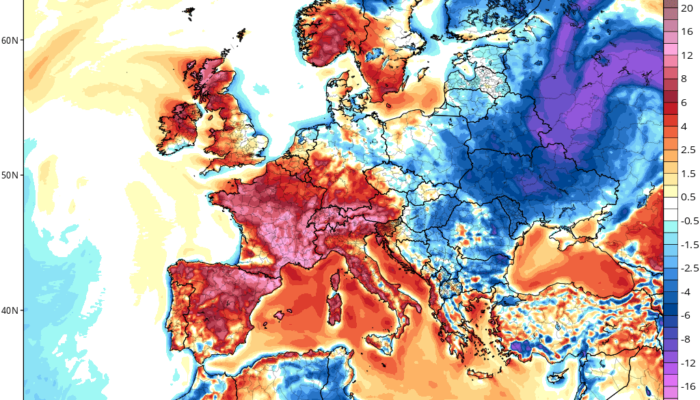Permanent positions in academia are extremely rare and not everyone wants, or gets the chance, to stay in science after pursuing its Master, PhD or even PostDoc. As probably many other young researchers, we have been asking ourselves: how does life in the “real world” work? To gain insight into the pros and cons of changing to industry, we talked to Prof. Martin Käser (LMU Munich, Senior Consultan ...[Read More]
Geodynamics
Searching for future directions in tectonic modelling
Geoscientists frequently use forward geodynamic simulations to test hypotheses derived from geophysical and geologic observations. While numerical simulations of lithospheric deformation have lead to key advances in our understanding of tectonic processes, in many cases it remains difficult to ascertain whether numerical models reproduce observations for the correct underlying regions. This week, ...[Read More]
Geodynamics
The Sassy Scientist – Dodging Dead-ends
Every week, The Sassy Scientist answers a question on geodynamics, related topics, academic life, the universe or anything in between with a healthy dose of sarcasm. Do you have a question for The Sassy Scientist? Submit your question here. Antoinette asks: I have a project where I have been struggling to get results for a long time now, and the results are not even so significant. How do you reco ...[Read More]
Seismology
Seismology Job Portal
On this page we regularly update open positions in Seismology. Do you have a job on offer? Contact us at ecs-sm@egu.eu
Cryospheric Sciences
Vamos a la playa!
A new heatwave is currently hitting Europe. In this context, the icy landscapes of the Arctic, Antarctica or the high mountains appear to be the perfect destination to cool down! As this is not necessarily an option for everyone, we alternatively recommend to find the next river, lake, or ocean and jump in, just like the penguins in the picture above! This heatwave is also a clear sign that August ...[Read More]
Geodynamics
The Sassy Scientist – Fake Scientists
Every week, The Sassy Scientist answers a question on geodynamics, related topics, academic life, the universe or anything in between with a healthy dose of sarcasm. Do you have a question for The Sassy Scientist? Submit your question here. Martin asks: I feel like an imposter when doing research. Any tips? Dear Martin, Own it. First, get yourself into a place where you feel as uncomfortable as yo ...[Read More]
Nonlinear Processes in Geosciences
June Heatwave 2019: can we attribute the event to anthropogenic emission?
If August Rodin had lived nowadays, he would have placed his gates of hell (la Porte de l’Enfer) in Gallargues-le-Montueux, where the absolute French temperature record (45.9 °C) was set on June 28th this year. The last week of June has been very hot, not only in the south of France, but overall central Europe: in the Alps, some locations such as Chamonix (France) and Aosta (Italy) experienced tem ...[Read More]
Nonlinear Processes in Geosciences
NP Interviews: the Division President Stéphane Vannitsem
Today’s NP Interviews hosts the Nonlinear Processes Division President Stéphane Vannitsem. Stéphane is the head of the Dynamical Meteorology and Climatology Unit of the Research division of the Royal Meteorological Institute of Belgium, and lecturer at the Free University of Brussels. He is currently president of the Nonlinear Processes division of the European Geosciences Union and executive edit ...[Read More]
Nonlinear Processes in Geosciences
Welcome to the Nonlinear Processes in Geosciences Blog!
We are happy to announce that the growing Nonlinear Processes in Geosciences (NP) community has a new unifying platform where newsworthy information on different topics will be published, with the main aim to reach many scientists at a time. Thus, this is the official launch of the Nonlinear Processes in Geosciences Blog! We hope this platform could serve as a starting point to strengthen our comm ...[Read More]
Geodynamics
Writing your own press release
Do you have an upcoming publication and would like to extend its reach through a press release? Maybe your university doesn’t have a media office able to help, you are short on time, and/or don’t know where to start. Don’t fret, this week Grace Shephard (Researcher at CEED, University of Oslo) shares some tips for writing your own press release and includes a handy template for download. She also ...[Read More]









